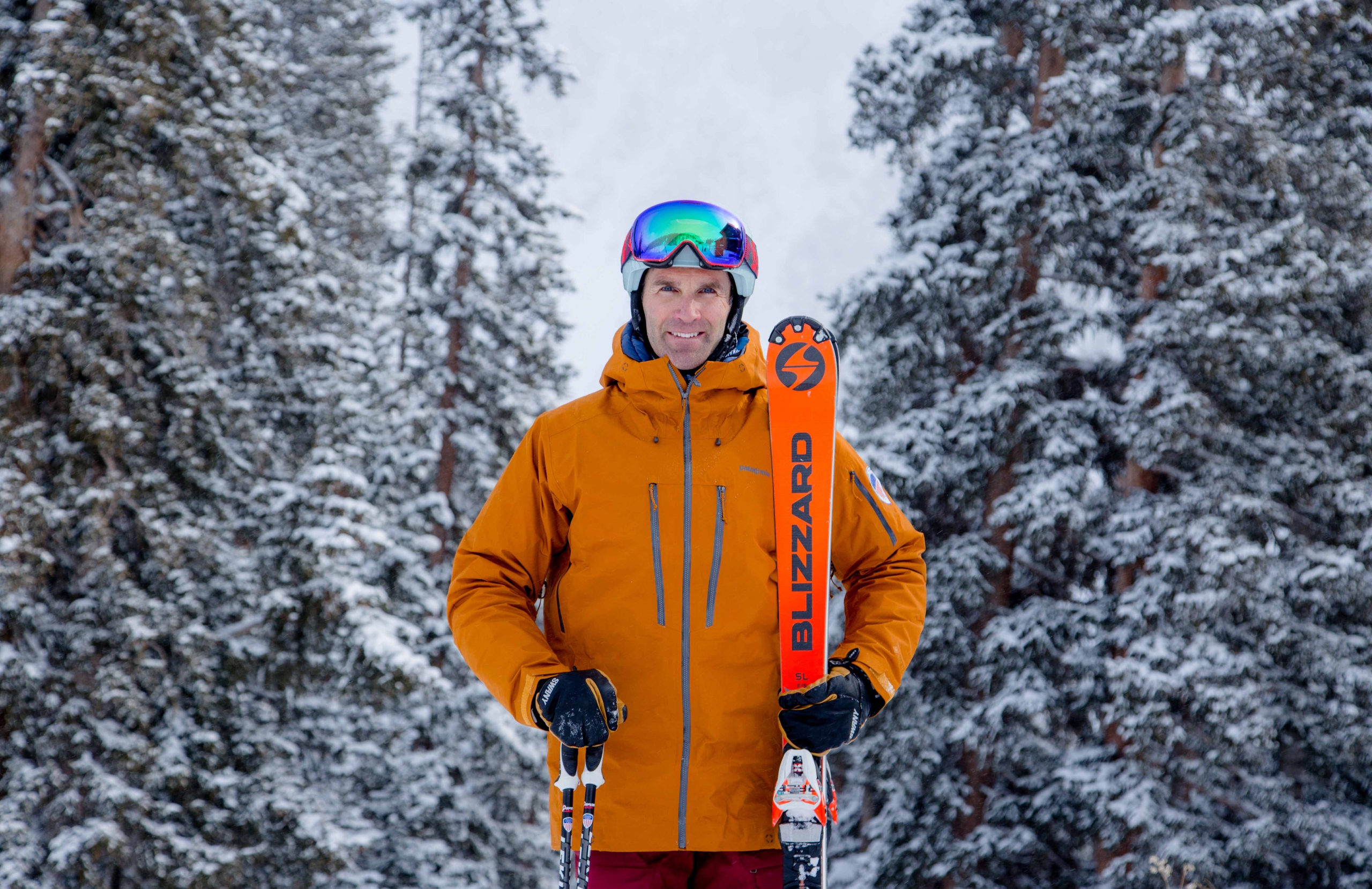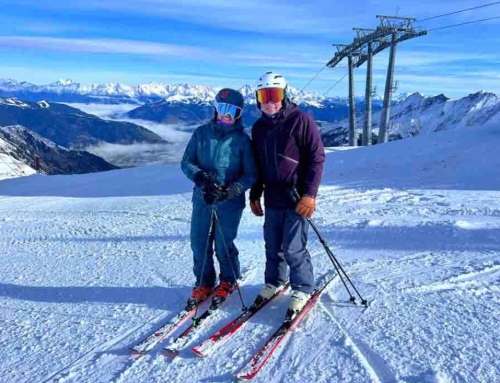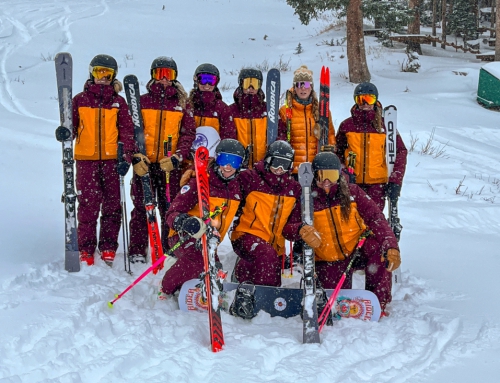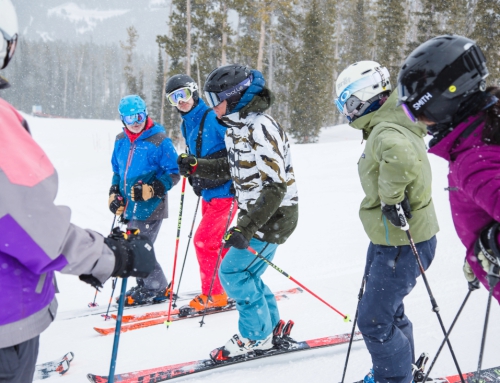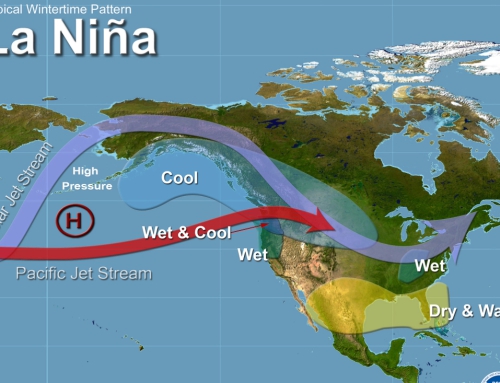Up Your Own Ski Game: Top Instructors Explain Olympic Mogul Competitions and How to Apply to Your Own Skiing
Watching Olympic athletes tackle moguls can help you improve your own skiing, at any level, according to 32 Degrees, The Journal of Professional Snowsports Instruction for the Professional Ski Instructors of America and American Association of Snowboard Instructors (PSIA-AASI).
Moguls are bumps made by the snow that skiers push into piles as they turn. Mogul skiing falls into the freeski category. Competitive mogul skiing is a judged event with three scoring elements: turns (50 percent of score), air (25 percent of score), and speed (25 percent of score).
Stephen Helfenbein, a top ski instructor and alpine team member with the Professional Ski Instructors of America (PSIA), says to look for carving, fluidity, and speed during the competition, and explains you can use these three takeaways to improve your own skiing when you hit the slopes.
“Mogul skiing puts on one of the greatest shows of the Olympics,” says Helfenbein. “Even though the steepness of the course, and the size of the bumps, are intimidating, skiers in this event are trying to do the same things as us in our own skiing.”
- Carving: Carved turns are more controlled, and the preferred turn for this event. When carving, a skier can absorb the upcoming mogul and stay in control, as opposed to skidding which builds pressure and makes absorbing moguls more difficult, something that could potentially throw the skier off-balance. Helfenbein recommends using carved turns in your own skiing. Practice carving by tipping your feet so that your knees roll back and forth across the tops of your skis while engaging the front of the boot with your ankles. Check out this video produced by REI and PSIA for more info about how to carve.
- Fluidity: Look for consistency of motion to determine the quality of a skier’s run, this is especially noticeable when the athlete lands. A skier’s skis should match the angle of the slope when they land, which allows them to turn quickly and regain their rhythm after landing. Try and find fluidity or rhythm in your own skiing by focusing on the shape and size of your turns.
- Speed: Watch the skier’s upper body positioning when they absorb a mogul. A vertical position when viewed from the side means they are moving slower. An upper body that is perpendicular to the angle of the slope, or even further forward, means the skier is moving faster— they are continuing to move over the bumps without hitting the brakes. You can use the same body positioning on groomed runs, vertical means hesitant and slow, and an engaged, or forward, angle allows us to ski faster.
Helfenbein explains that although mogul skiing looks different from the skiing most of us do, we actually share very similar goals. If you are trying to make rounder carved turns, engage your skis by aiming them down the fall line and keeping your weight forward over your ski. If you want to link your turns more closely, work towards continuity of motion by moving from the finish of one turn right into the start of the next. And remember, keep your upper body forward. An upright body gets behind the feet and turns on the brakes.
Helfenbein recommends if you want to take your skiing to the next level, and are interested in learning more about the benefits of taking a lesson from a certified instructor, visit PSIA-AASI’s Take a Lesson page.

